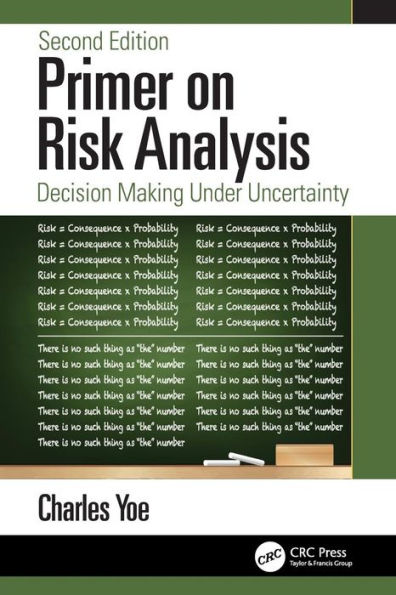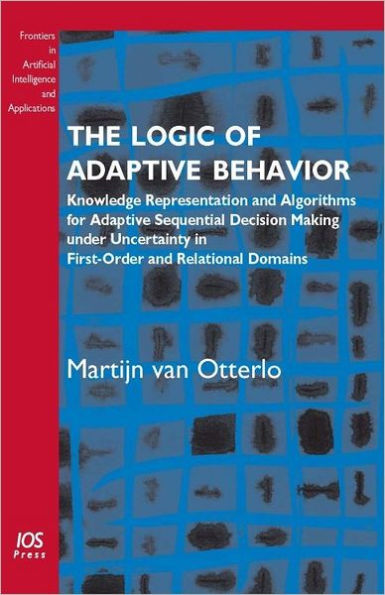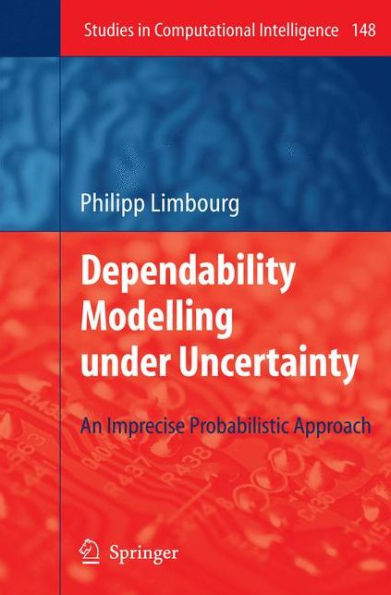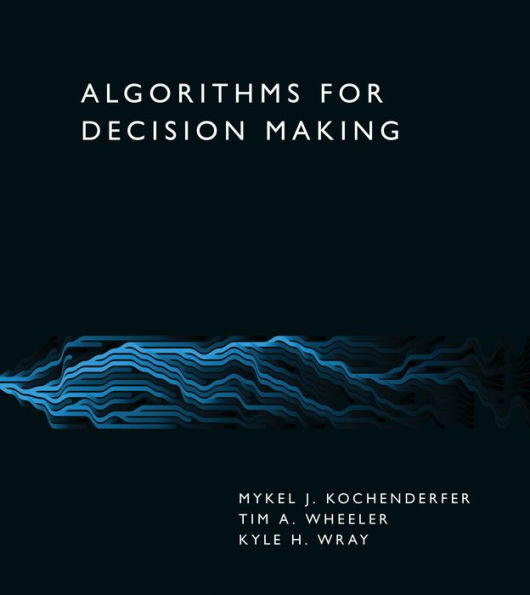Home
Decision Making Under Uncertainty and Constraints: A Why-Book
Loading Inventory...
Barnes and Noble
Decision Making Under Uncertainty and Constraints: A Why-Book
Current price: $199.99


Barnes and Noble
Decision Making Under Uncertainty and Constraints: A Why-Book
Current price: $199.99
Loading Inventory...
Size: Hardcover
*Product Information may vary - to confirm product availability, pricing, and additional information please contact Barnes and Noble
This book shows, on numerous examples, how to make decisions in realistic situations when we have both uncertainty and constraints. In most these situations, the book's emphasis is on the why-question, i.e., on a theoretical explanation for empirical formulas and techniques. Such explanations are important: they help understand why these techniques work well in some cases and not so well in others, and thus, help practitioners decide whether a technique is appropriate for a given situation.
Example of applications described in the book ranges from science (biosciences, geosciences, and physics) to electrical and civil engineering, education, psychology and decision making, and religion—and, of course, include computer science, AI (in particular, eXplainable AI), and machine learning. The book can be recommended to researchers and students in these application areas.
Many of the examples use general techniques that can be used in other application areas as well, so it is also useful for practitioners and researchers in other areas who are looking for possible theoretical explanations of empirical formulas and techniques.
Example of applications described in the book ranges from science (biosciences, geosciences, and physics) to electrical and civil engineering, education, psychology and decision making, and religion—and, of course, include computer science, AI (in particular, eXplainable AI), and machine learning. The book can be recommended to researchers and students in these application areas.
Many of the examples use general techniques that can be used in other application areas as well, so it is also useful for practitioners and researchers in other areas who are looking for possible theoretical explanations of empirical formulas and techniques.

















